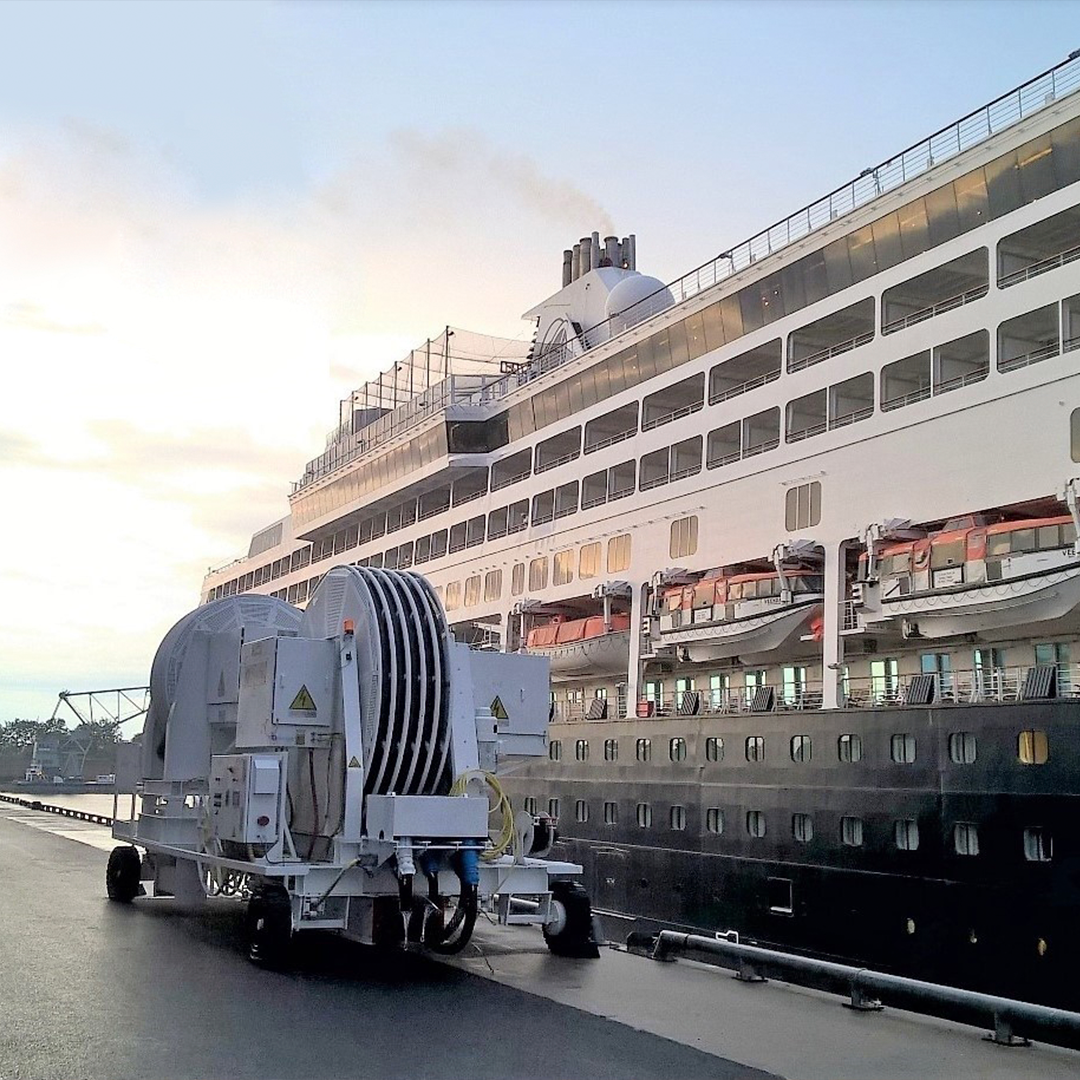
Developing to Last: The Importance of Sustainable Development for Maritime Transport
Is the environment important? More than ever! In all types of commercial activity, there is a growing recognition of the important role of sustainable development as an economic driver. For the first time in 10 years of publishing its Global Risk Report, the World Economic Forum lists environmental risks in its Top 5.
Over the past few years, the shipping industry has implemented many “green” initiatives. But while the eerie columns of black smoke rising from the Titanic’s chimneys are a thing of the past, there is still a lot of work to be done. And this, even if maritime transport remains the least polluting means of transporting goods. Let us just remember that with a litre of fuel for a ton of goods transported, a ship travels 358 km. Whereas a train travels 225 km, and a truck, 41 km.
The International Maritime Organization (IMO) has become one of the champions of sustainable development. Thus, since January 1, 2020, thanks to the IMO 2020 program, the sulfur content limit for fuel oil used on board ships has been lowered to 0.50% m/m. This measure reduced sulfur oxide (SOx) emissions from ships by 77%, leading to an annual reduction of 8.6 million metric tonnes of SOx.
A Unifying Effect
Several leaders in the sector have changed their minds and have become key players in sustainable development, particularly in the decarbonization of transport.
Consider the Center for Zero Carbon Shipping, sponsored by the A.P. Møller Foundation, an independent research centre bringing together political, scientific, academic and maritime transport stakeholders around the same table to accelerate the decarbonization of maritime transport.
Or the IMRB (International Maritime Research and Development Board), a $5 billion (over 10 years) research and development program, developed and funded by the industry with a goal to accelerate the decarbonization of maritime transport.
Sustainable Development Includes Smart Ports
Port authorities are not left out in the face of environmental challenges. Together and individually, they think about the problem. And they are taking concrete action. We saw it with the Port of Rotterdam which shares its vision in its white paper entitled “Port of the Future—7 building blocks”. We saw it at the Port of Hamburg, which recently joined the Getting to Zero Coalition, an alliance of over 120 businesses around the world. And we see it every day at the Port of Montreal.
And the Port of Montreal!
As our colleague Claude Deschambault, Environment Director, emphasizes: “Sustainable development is at the heart of our strategic vision. Year after year, we are active in taking measures to reduce the environmental footprint of our operations in addition to getting involved in citizen initiatives.”
Our most recent initiatives include:
-
A shore power connection at the new cruise terminal as well as for wintering ships, an initiative that aims to reduce greenhouse gas (GHG) emissions by 2,800 tonnes per year.
-
A liquefied natural gas (LNG) supply system that made it possible to avoid the emission of 28,000 tonnes of GHGs over the past three years.
-
The new predictive version of the trucking PORTal application which reduces the overall carbon footprint of trucks at the port by providing truckers and dispatchers terminal waiting times 24 hours in advance.
-
Inventory of GHG and air pollutants. Carried out twice across the Port in Montreal and in Contrecœur, in 2010 and 2017, there was a substantial reduction of 22% in GHG emissions per tonne handled and 62% in atmospheric pollutants. The next inventory is scheduled for 2021.
-
A fully hybrid fleet of vehicles. And our partners are following suit, terminal operator Termont is working on implementing Effenco’s active stop-start technology on all of its yard tractors. Ultimately, this will lead to a reduction in GHG emissions of over 720 tonnes/year. For its part, Montreal Gateway Terminals Partnership (MGTP) has electrified 10 new wheeled gantry cranes. Another reduction of 1,700 tonnes/year of GHGs.
-
Our participation in the Green Alliance as a founding member. This environmental certification program for the North American marine industry aims to reduce the environmental footprint by adopting concrete and measurable goals. Year after year, we are among the top performing ports in the program.
-
The Port’s participation in the Clean Marine Fuels Working Group, coordinated by the International Association of Ports and Harbors (IAPH).
-
Preservation of the maritime ecosystem and shorelines. To name but a few initiatives:
-
The installation of 19 hydrodynamic separators that treat surface water, thus reducing discharges into the river of suspended solids and hydrocarbons
-
A shoreline cleaning chore in Contrecœur which attracted more than 100 volunteers, making it possible to collect some 300 kg of waste.
-
Our financial contribution to the Fonds d’action Saint-Laurent (Saint-Laurent Action Fund), a charitable organization dedicated to the financial support of projects promoting the conservation of ecosystems and biodiversity of the St. Lawrence River and its Gulf.
And That’s Only the Beginning!
As sulfur detecting drones fly over Denmark’s sea lanes and Norwegian ship builder Ulstein plans for a zero-emission vessel, we too continue to do our part to make our world greener.
And as a reminder of how important it is to protect our planet and oceans; we were able to observe bees come and go from our two hives. We’ve watched them work as hard as we do to make our world a better place. Inspiring!
